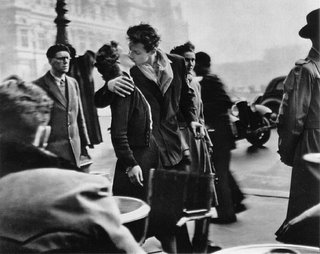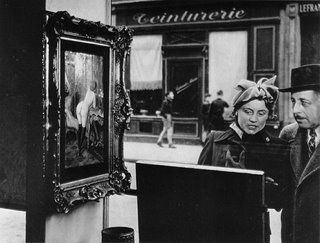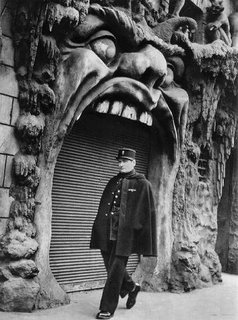Photographic developing
Much can be discussed on the potential differences between the developing process of film photography and digital printing. It is a very important subject at the time of analyzing both types of photography, since these are two forms of developing an image, two archival mediums. Is one better than the other? Is one more lasting tha the other?...
We'll look for answers first with film photography then with digital.
Black & White film Developing Procedure
A roll of exposed film contains the latent images of the exposures that you made, these latent images must be amplified and stabilized in order to make a negative that can then be printed and viewed by reflected light. Before we cover the development of a color negative film, it might be best to step back and process a black-and-white negative. If you used black-and-white film in your camera, the same latent-image formation process would have occurred, except the silver-halide grains would have been sensitized to all wavelengths of visible light rather than to just red, green or blue light. In black-and-white film, the silver-halide grains are coated in just one or two layers, so the development process is easier to understand. Here is what happens:
- In the first step of processing, the film is placed in developing agent that is actually a reducing agent. Given the chance, the reducing agent will convert all the silver ions into silver metal. Those grains that have latent-image sites will develop more rapidly. With the proper control of temperature, time and agitation, grains with latent images will become pure silver. The unexposed grains will remain as silver-halide crystals.
- The next step is to complete the developing process by rinsing the film with water, or by using a "stop" bath that arrests the development process.
- The unexposed silver-halide crystals are removed in what is called the fixing bath. The fixer dissolves only silver-halide crystals, leaving the silver metal behind.
- In the final step, the film is washed with water to remove all the processing chemicals. The film strip is dried, and the individual exposures are cut into negatives.
When you are finished, you have a negative image of the original scene. It is a negative in the sense that it is darkest (has the highest density of opaque silver atoms) in the area that received the most light exposure. In places that received no light, the negative has no silver atoms and is clear. In order to make it a positive image that looks normal to the human eye, it must be printed onto another light-sensitive material (usually photographic paper).
In this development process, the magic binder gelatin played an important part. It swelled to allow the processing chemicals to get to the silver-halide grains, but kept the grains in place. This swelling process is vital for the movement of chemicals and reaction products through the layers of a photographic film. So far, no one has found a suitable substitute for gelatin in photographic products.






